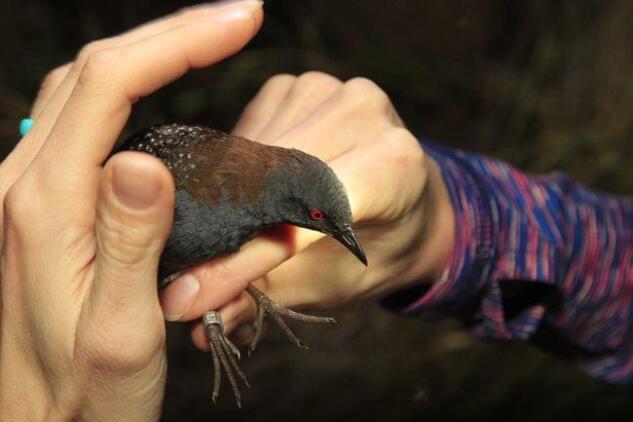The threatened eastern black rail haunting marshes along the East Coast is set to have its habitat submerged under the rising Atlantic because of climate change.
But if the rail is officially listed as threatened under the Endangered Species Act, the Trump administration’s proposed definitions of the term “habitat” may not protect the bird as it is forced to find a new home farther inland as seas rise.
That’s because the administration’s proposed definitions of “habitat” could, depending on interpretation, exclude areas that a species doesn’t currently occupy, even if it’s pushed there by rising temperatures or tides.
“This ...
Learn more about Bloomberg Law or Log In to keep reading:
See Breaking News in Context
Bloomberg Law provides trusted coverage of current events enhanced with legal analysis.
Already a subscriber?
Log in to keep reading or access research tools and resources.

